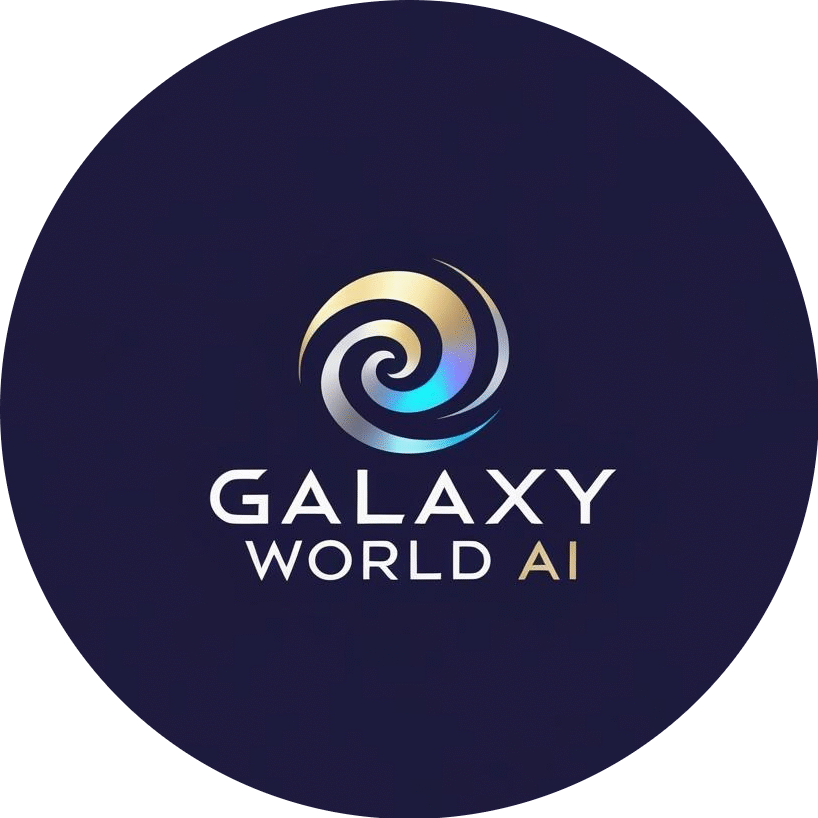What if the real revolution in AI isn’t the one filling your social feeds with surreal images or eerily human-like chat replies, but something subtler—an engine humming in the background, transforming how we work, plan, and create? That’s the space DIGEN AI occupies. It’s not flashy, it doesn’t crave the spotlight, but it’s quietly rewriting the rules of digital intelligence.
So, What Exactly Is DIGEN AI?
Most people hear “AI” and immediately think of generative tools like ChatGPT drafting essays or Midjourney conjuring dreamlike art. DIGEN AI is different. Instead of focusing on producing outputs in isolation, it acts more like a systems thinker—an orchestrator that brings together data, content, and workflows into something coherent, actionable, and deeply useful.
If generative AI is the painter, DIGEN AI is the gallery curator—arranging, connecting, and contextualizing works so they tell a meaningful story. It doesn’t just create; it integrates. And that distinction makes it powerful.
Why DIGEN AI Matters
The problem it addresses is simple but massive: modern digital life is drowning in data. Marketers juggle analytics dashboards, product teams struggle with fragmented insights, and executives chase “strategies” that often rest on incomplete information. DIGEN AI cuts through this chaos.
Think of it as a universal translator between raw information and human decision-making. It doesn’t just spit out numbers—it gives you direction. It automates the grunt work of gathering, analyzing, and synthesizing, leaving you with clarity instead of clutter.
The Practical Magic: Real-World Applications
Here’s where things get interesting. DIGEN AI isn’t bound to one industry or role; it’s the connective tissue across many.
-
Content Strategy: Imagine a marketing team no longer spending hours piecing together SEO research, competitor analysis, and campaign performance. DIGEN AI can unify those threads and present a roadmap—“Here’s what’s working, here’s where to double down, and here’s what to skip.” Strategy becomes proactive rather than reactive.
-
Data Science: For analysts, DIGEN AI functions like a co-pilot that not only crunches numbers but also contextualizes them. It’s less about producing a 50-page report and more about surfacing the “three insights that will change your business trajectory.” Suddenly, complex data becomes accessible even to non-technical teams.
-
Product Design: Think of a product team weighing user feedback, usage data, and design prototypes. Traditionally, these insights live in silos. DIGEN AI acts as the conductor, pulling together discordant instruments into a symphony that guides the next feature rollout with confidence.
In each case, the tool doesn’t replace the human spark—it amplifies it.
The Human Advantage
The beauty of DIGEN AI lies in what it gives back: time, focus, and creativity. It automates the heavy lifting of analysis and integration, so professionals can return to what they do best—thinking, imagining, innovating.
Imagine being a strategist who can finally spend less time wrangling spreadsheets and more time crafting bold ideas. Or a designer who can pivot faster because the “what the data says” part is already handled. This isn’t about humans versus AI. It’s about humans finally having an AI that understands collaboration rather than competition.
Looking Ahead
If generative AI showed us that machines can create, DIGEN AI is showing us that machines can collaborate—quietly, intelligently, and in ways that make human work more purposeful. Its role is not to dazzle but to enable. And in a future where efficiency and creativity will define competitive advantage, that might just make it the most revolutionary AI of all.
DIGEN AI is the shift we didn’t see coming: less hype, more substance; less noise, more signal. The kind of force that doesn’t just ride the wave of technology—it changes the current.




